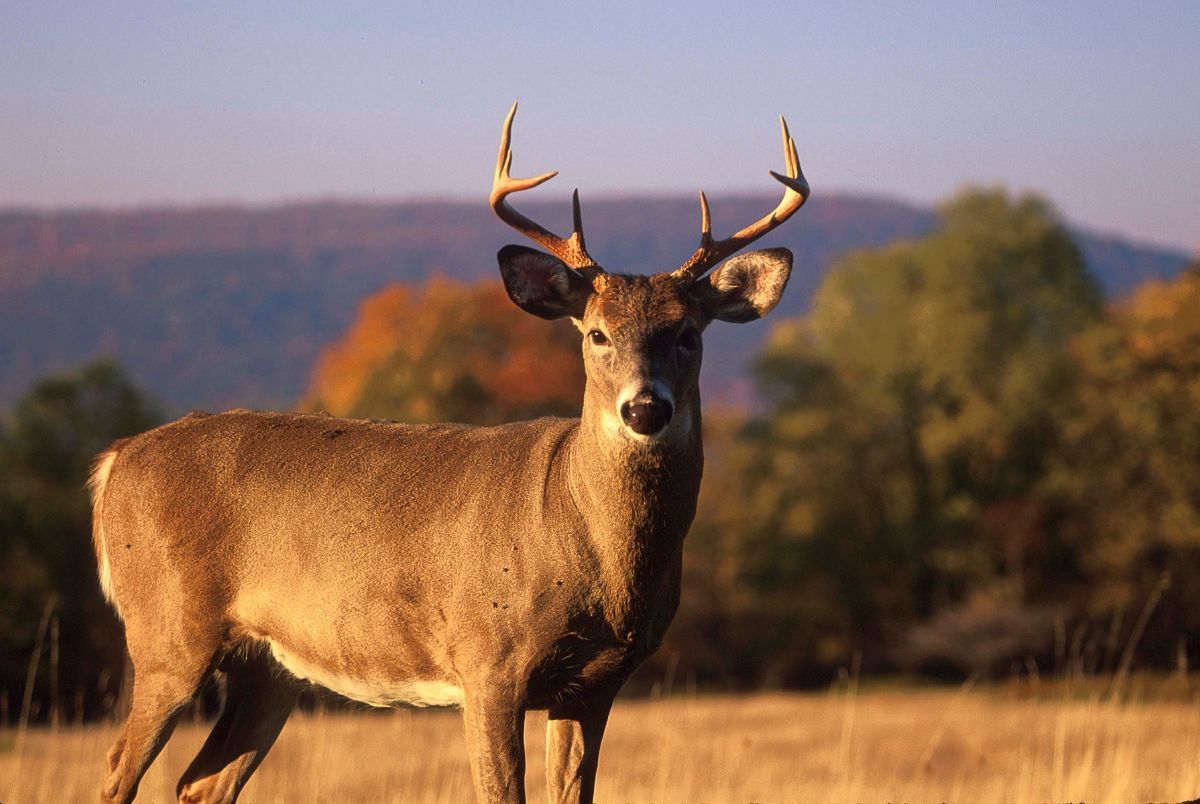COMMENTARY BY DR. DAVE SAMUEL
I’m a scientist … and a bowhunter. For 30 years, I used my doctorate in wildlife biology as a basis to teach college students at West Virginia University. Some of my course teachings covered the latest science on white-tailed deer, and I had graduate students research deer, as well.
There are many deer scientists and budding graduate students researching whitetails and they publish results in premier journals and give papers at scientific conferences. For years, my second career in outdoor writing was based on taking that science and writing it for hunters and others. What follows is a summary of how some of that scientific data can help you be a better, more successful hunter.
Nutrition is more important than genetics every time
A classic paper was written about the importance of nutrition in creating huge antlers in red stags. It was written by Dr. Val Geist and titled ASuper Antlers and Pre-World War II European Research.
The science he reported then still holds today. Geist found papers published in 1936, 1948 and 1951 that discussed the need to increase the nutrition for red stags to get bigger antlers.
Researchers did just that. They took nutrient-rich sesame seeds and pressed them to remove the oils and supplemented them with agricultural crops and natural forage to make a cake that the stags loved. They encouraged the stags to eat as much as they wanted, and they varied the diet a bit over the year to ensure this. The results are a bit unbelievable but show that nutrition is extremely important for antler development.
The researchers started with 36 stags and of the 19 that reached eight years of age, six exceeded the world record. In fact, the world record scored 229 Nadler points and two of the stags scored over 240 points. Note, the researchers not only fed these stags highly nutritious diets, but they also restricted their breeding tenure so that they would not be as run down in the winter as they would have been if they had competed during the full rut. I believe this research clearly shows that nutrition must be there for deer to fully express their genetic potential. They are what they eat.
Buck rubs on certain tree species mean a lot
I know that buck rubs pop up in many places, and the key ones are those that appear on the same trees year after year. Dr. Grant Woods, noted wildlife consultant and researcher, looked at rubs that were used for more than three years and found that more than one mature buck came to a traditional rub. In fact, he photographed 13 different mature bucks in one month at one traditional rub.
In another study, Dr. Woods found that in South Carolina, half of all traditional rubs were on aromatic tree species such as red cedar, magnolia and sassafras. How do we know that bucks search out these trees to rub? Because they made up only 4% of all trees growing there. Mature bucks search out aromatic trees and rub on them year after year.
The bad news is they do most rubbing after dark. My guess is, however, that the closer the sex ratio is to one-to-one, the better the chances that bucks do some rubbing in daylight. Even if the big bucks go to traditional rubs at night, they may well cruise through such areas in the day time, especially during the rut. So, find a funnel within 400 yards of traditional rubs and hunt there. Big bucks use these rubs, and several different big bucks will hit that one rub.
Dr. Samuel is a retired wildlife professor from West Virginia University. His outdoor columns have appeared, and continue to appear, in Bowhunter magazine and the Whitetail Journal. If you have questions or comments on wildlife and conservation issues, email him at drdave4@comcast.net.




